It’s the 100th anniversary of Flag Day, celebrated each June 14 since the 1880s but not officially recognized as a holiday until President Woodrow Wilson proclaimed it such on May 30, 1916.
The American flag is a well-known icon worldwide, and is often depicted in paintings.
In the 1950s, American artist Jasper Johns began painting familiar objects such as flags, maps and numbers, in unique ways to inspire a reexamination of iconic images. “I wanted to make people see something new. I am interested in the idea of sight, in the use of the eye,” Johns explained. “I am interested in how we see and why we see the way we do.”
As an optometrist, I am also interested in how and why we see the way we do. Let’s examine the optics behind one of the artist’s iconic paintings.
Jasper Johns’ 1968 painting “Flags” depicts two flags in radically different color schemes from the traditional red, white and blue of the American flag.
Look closely at the painting. First, stare intently at the top flag, the one in green, orange and black. Focus your gaze on the white dot in the middle of the image, and keep staring at it for a solid 60 seconds. Then, close your eyes briefly and lower your gaze to focus immediately on the black dot at the center of the gray flag painted below it.
What do you see?
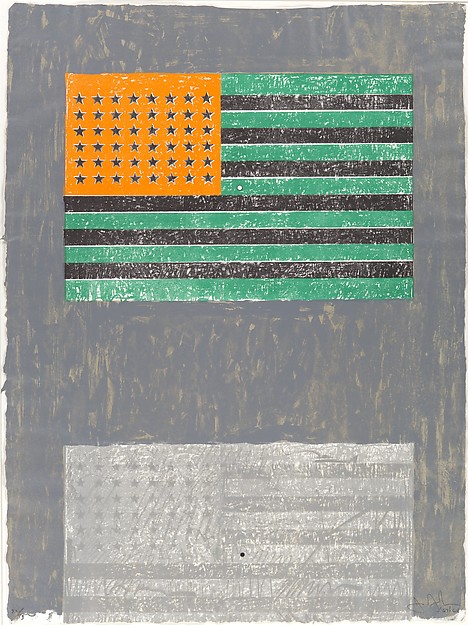
Jasper Johns, “Flags,” lithograph with stamps (1968)
Courtesy Metmuseum.org
Magically, as you lower your focus to the bottom flag, a familiar red, white and blue color scheme will appear to float faintly atop the gray flag. (If it doesn’t work the first time, try again, focusing even more intently on the green, orange and black flag.)
Why does this happen?
The optical illusion occurs because, after staring intently at a group of colors for an extended period of time, the color receptors in our eyes that recognize those specific colors become fatigued. More precisely, cone cells sensitive to the color differences between red/green and blue/orange are overstimulated and get tired. When we first look away, our eyes briefly see the exact opposite of those colors because different, fresh visual receptors are stimulated.
On the color wheel, the colors directly opposite of green and orange are red and blue. Thus, Jasper Johns’ optical illusion works perfectly to recreate the colors of our American flag. It’s an interesting exercise, well-executed by Jasper Johns’ painting from nearly five decades ago.
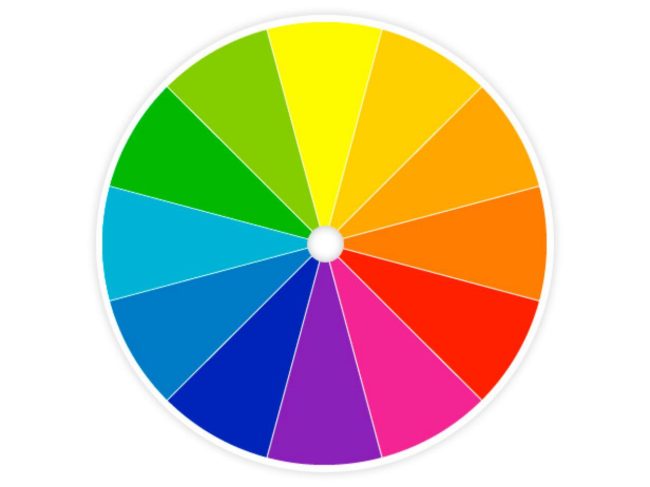
Image courtesy of HGTV.com
———————————————————-
For 19 years, our optometry team at Ridgefield Vision Center has provided conscientious, personable vision care for adults and children in Richmond’s far West End, near Godwin High School and Short Pump Mall. We make going to the eye doctor a positive experience. Whether you need eyeglasses, sunglasses or contact lenses, we offer the highest quality products to ensure the health of your eyes so that you enjoy good vision in every season of life. We’ll continue to explore the wonders of the human eye, just as we continue to provide the highest level of professional eye care for our patients’ vision health. Call us at 804-741-1204 and schedule your next appointment today!

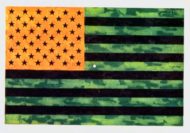
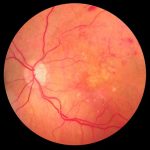
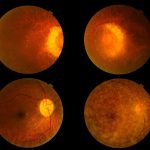



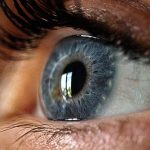
This is really neat, and informative. Thank you for always explaining…not just providing a “black and white” answer!
Our eyes are amazing – important to take care of them!